Instead of holding book sales to get rid of unwanted books, we’re now sending withdrawn books to Better World Books, a company that turns them into money for the good of humanity.
In recent years, the quality of our local book sales has been declining because we are receiving fewer large gifts of books than in the past. When we accepted large gifts in the past, we often sorted through them and added appropriate books, which was sometimes a small percentage of the total gift, and put the rest of the books into the book sale. Our book sales had interesting duplicate copies and fun books that wouldn’t be appropriate for an academic library. Without that influx of gift books, the local books sales just consist of withdrawn academic books that relatively few people are interested in purchasing. After all, the reason those books are being withdrawn from the library collection is because nobody is using them, so it’s not surprising that hundreds of those books were left over at the end of the last sale. (We couldn’t even give them away for free.)
Rather than sending them directly to recycling, we found the Better World Books library program. We ship our withdrawn books to them at no cost to us, they market them to a world-wide audience, and when they sell them, a percentage of the profit comes to us and a percentage goes to the BWB Literacy Partners. It’s a very efficient way to dispose of our withdrawn books while benefiting both Middlebury and the world beyond.
If we ever have a quantity of books that we think will be of interest to our local community, we’ll probably put them in a sale, but for now, no book sales are scheduled for the foreseeable future.
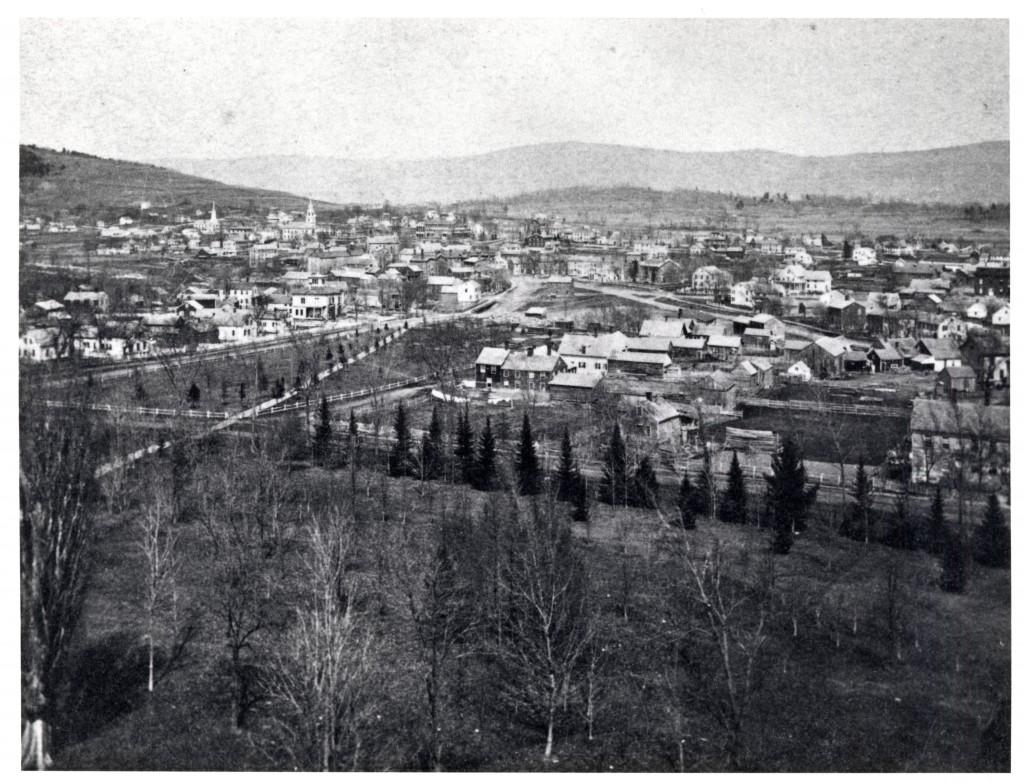
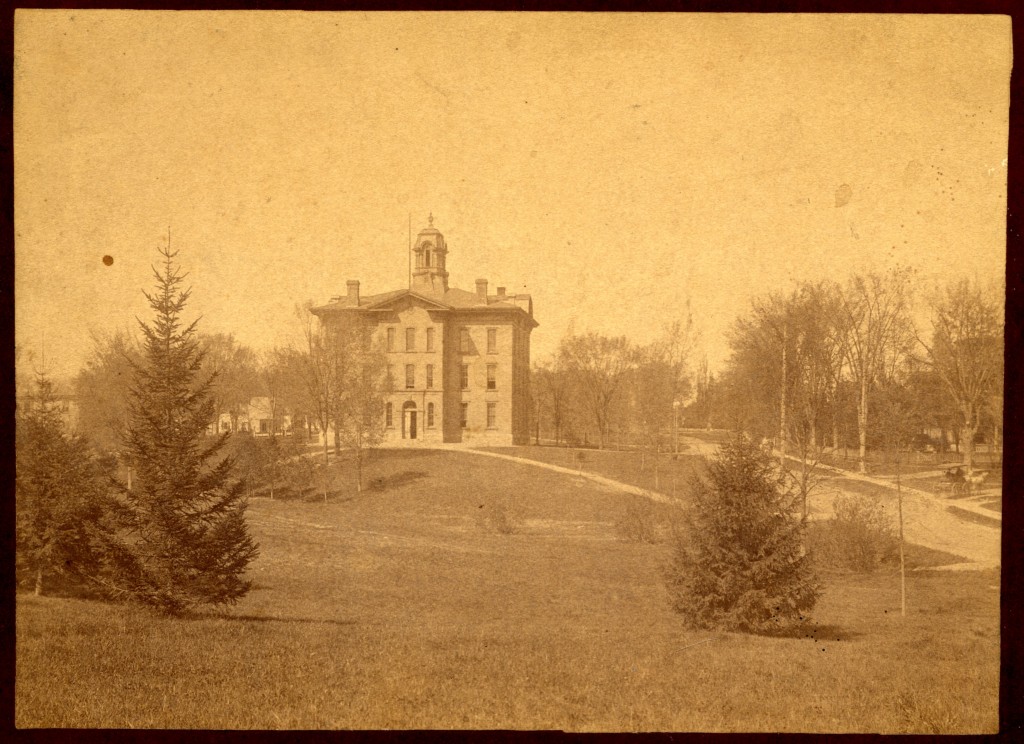
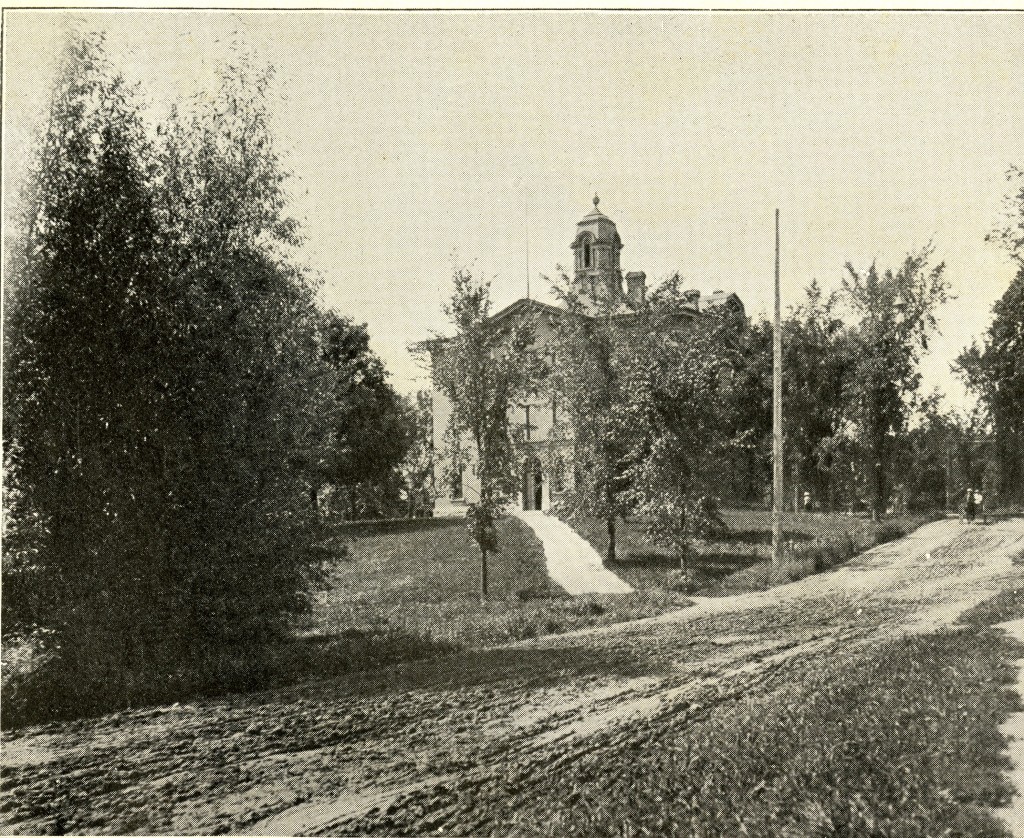

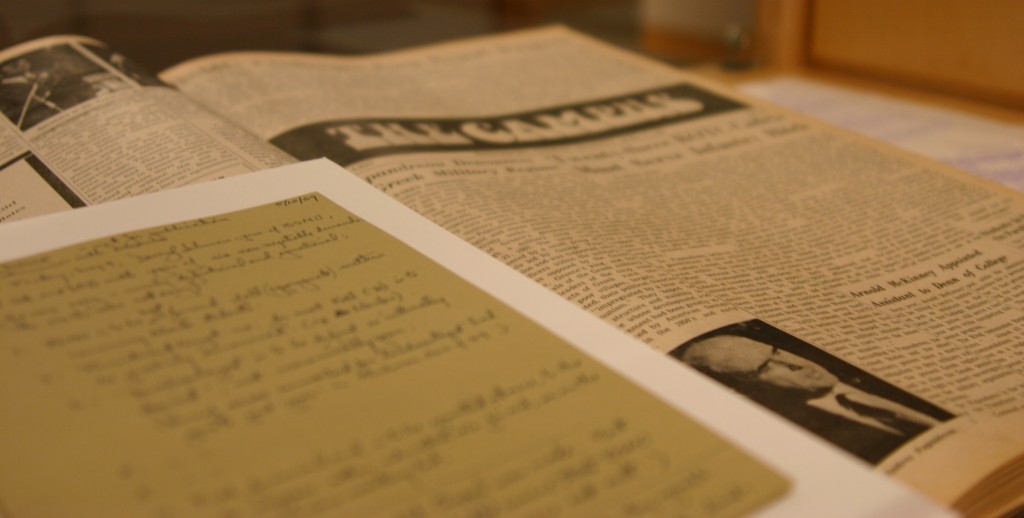
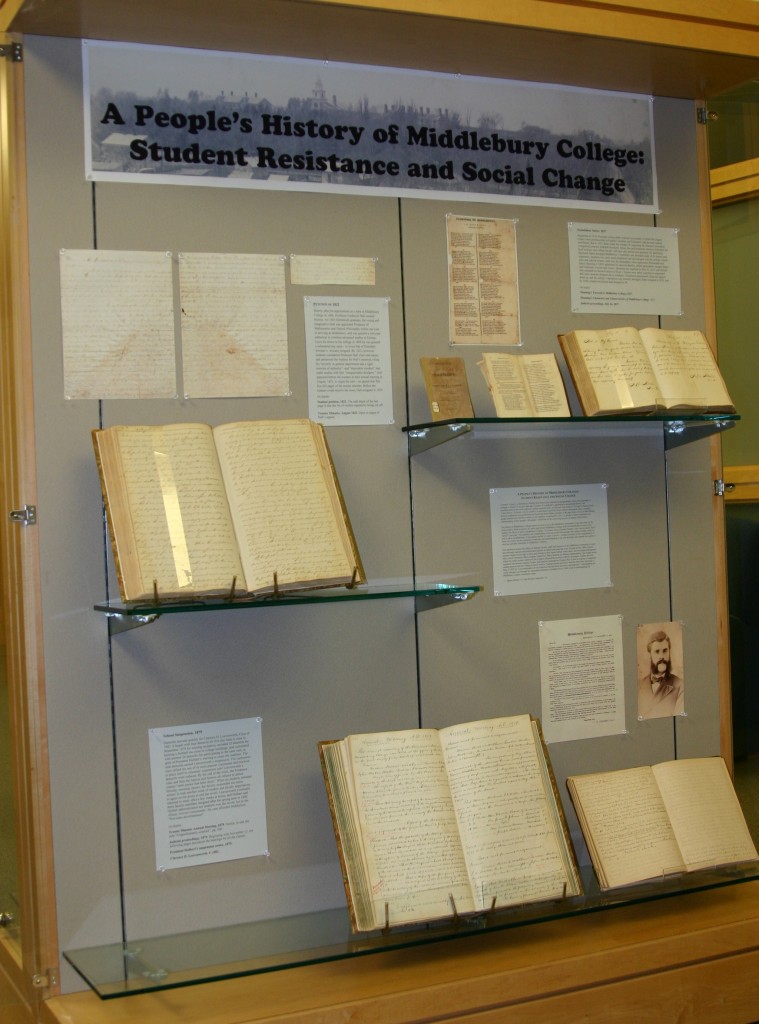
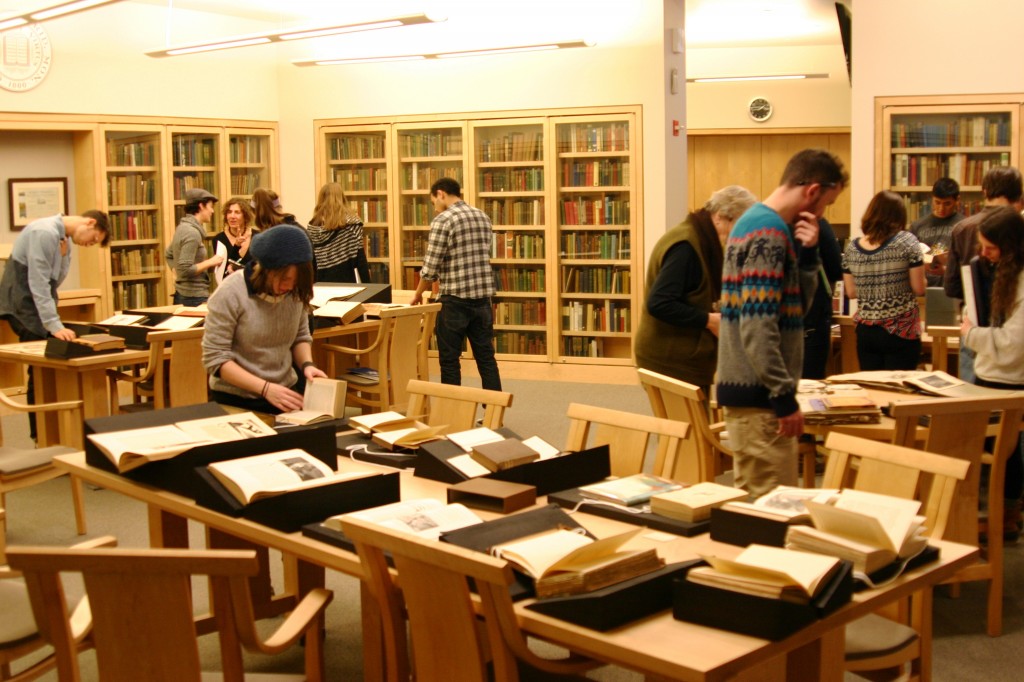
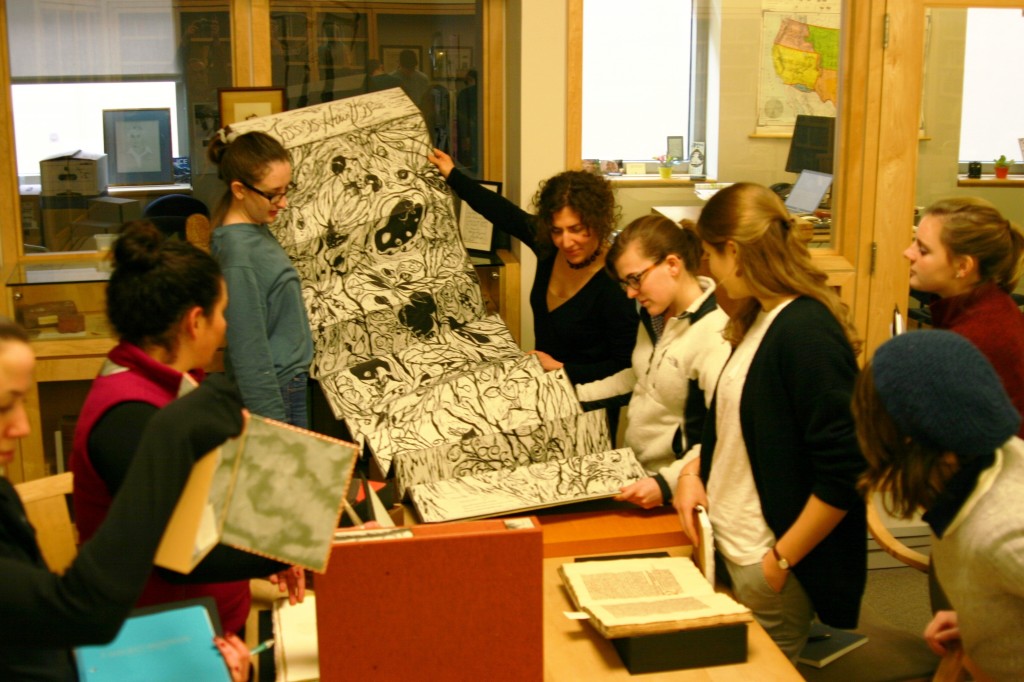
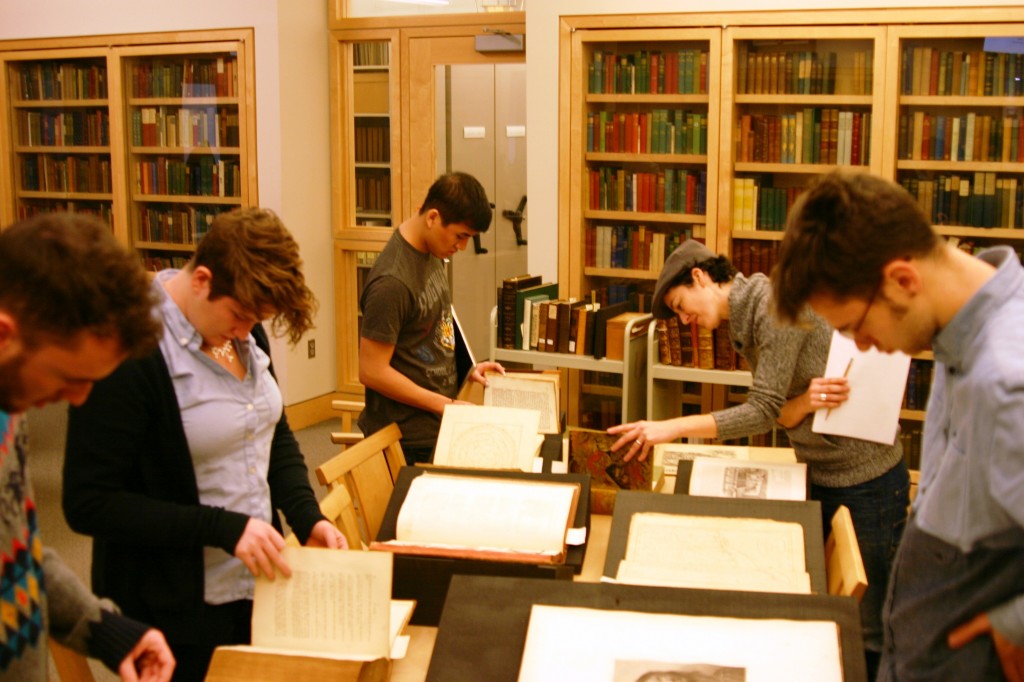




You must be logged in to post a comment.